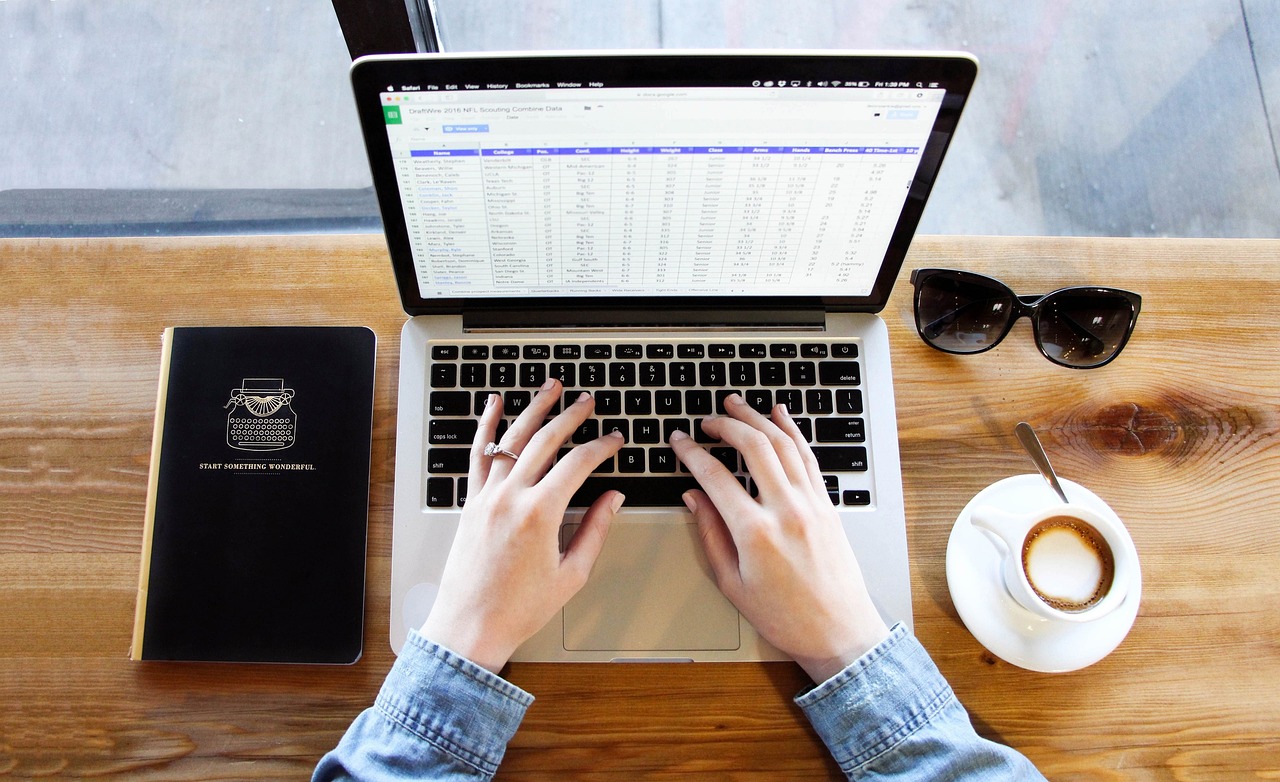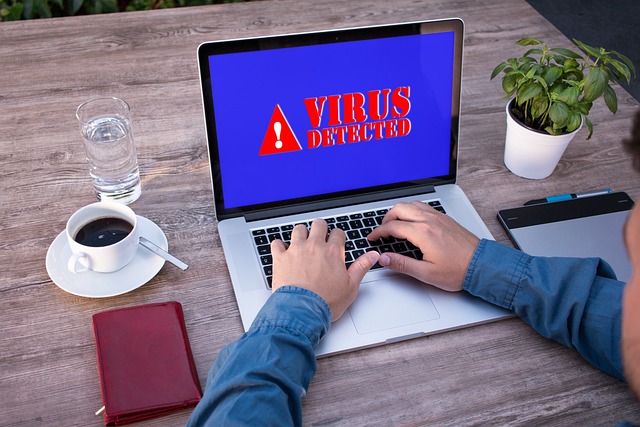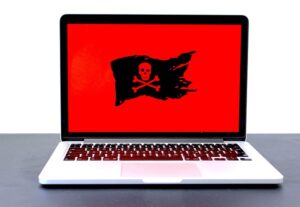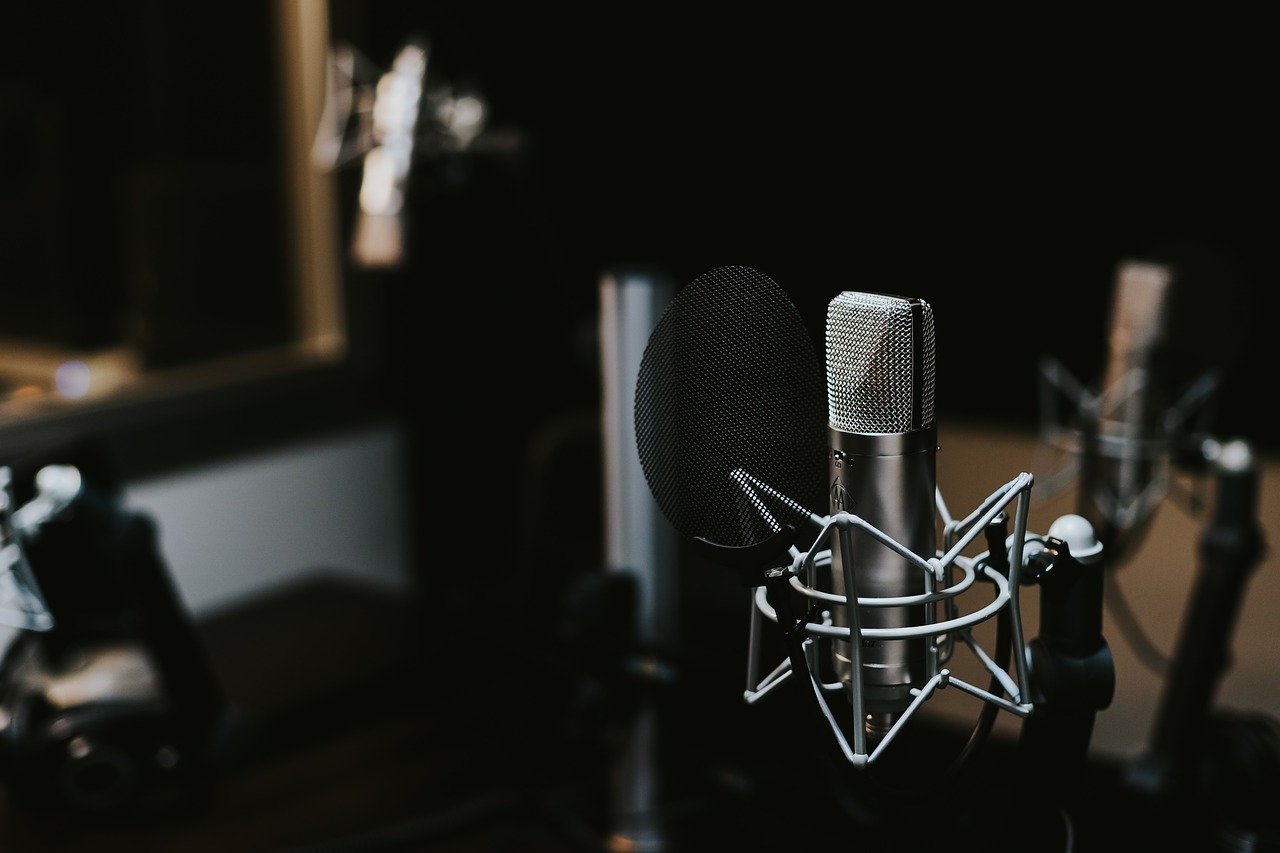The digital age has brought numerous conveniences and advancements in our daily lives, but it has also come at a cost which is the invasion of our privacy. With the rise of social media, smartphones, and internet-connected devices, we have willingly traded away our personal information for convenience and entertainment. But with recent data breaches, scandals involving tech giants misusing user data, and concerns over government surveillance, many people are now seeking to reclaim their privacy through a practice known as digital detox. Let’s explore the concept of digital detox and how it fosters a healthier relationship with technology while enhancing privacy.
Understanding the Digital Deluge
 From the moment we wake up to the sound of our morning alarm on our smartphone, to checking emails and scrolling through social media feeds throughout the day, technology has become an integral part of our lives. We are constantly bombarded with information from various sources, making it difficult for us to disconnect and take a break from digital devices.
From the moment we wake up to the sound of our morning alarm on our smartphone, to checking emails and scrolling through social media feeds throughout the day, technology has become an integral part of our lives. We are constantly bombarded with information from various sources, making it difficult for us to disconnect and take a break from digital devices.
That’s why VPNs for NZ users and other privacy tools are becoming increasingly popular as people look for ways to protect their online privacy. This constant connectivity not only affects our mental and physical health but also leaves us vulnerable to data exploitation by corporations and governments.
The Need for a Digital Detox
Digital detox is the process of intentionally unplugging or limiting our use of digital devices and platforms to reduce stress, improve mental clarity, and enhance privacy. It involves taking breaks from social media, turning off notifications, and setting boundaries around technology usage. By disconnecting from the digital world, we can focus on other meaningful activities, such as spending quality time with loved ones, engaging in hobbies, or simply enjoying nature.
Why Privacy Matters and How Digital Detox Can Help
Privacy is a fundamental human right, and it’s essential for our autonomy and security. However, in today’s digital world, privacy has become increasingly difficult to maintain. Our personal information is constantly being collected, analyzed, and shared without our knowledge or consent. By engaging in a digital detox, we can limit the amount of data we give away and take back control of our personal information. Additionally, by disconnecting from the digital world, we can also reduce the risk of cyber threats such as hacking, identity theft, and online scams.
In Conclusion
 In a world inundated with digital stimuli, a digital detox serves as a powerful antidote. It’s not about completely severing ties with technology but creating intentional breaks to recalibrate, reconnect with oneself, and reclaim privacy in an increasingly connected world. The notion of a digital detox offers a refreshing perspective on reclaiming privacy and restoring mental well-being.
In a world inundated with digital stimuli, a digital detox serves as a powerful antidote. It’s not about completely severing ties with technology but creating intentional breaks to recalibrate, reconnect with oneself, and reclaim privacy in an increasingly connected world. The notion of a digital detox offers a refreshing perspective on reclaiming privacy and restoring mental well-being.
This article aims to elucidate the concept in a friendly and informative tone, highlighting the benefits and strategies of embracing a digital detox to foster a healthier relationship with technology and privacy.…



 Malware C2 servers are often designed to maintain communication with infected hosts, download additional malware, and exfiltrate sensitive data. A deep dive into malware C2 servers involves detecting, identifying, and neutralizing threats, which requires a comprehensive understanding of the techniques used by malware authors to avoid detection and maintain persistence.
Malware C2 servers are often designed to maintain communication with infected hosts, download additional malware, and exfiltrate sensitive data. A deep dive into malware C2 servers involves detecting, identifying, and neutralizing threats, which requires a comprehensive understanding of the techniques used by malware authors to avoid detection and maintain persistence.
 A synth is an essential piece of equipment for any aspiring music producer. It allows you to create a wide range of sounds and can be used to create both melody and harmony. If you’re just starting out, we recommend getting a simple synthesizer that is easy to use and experiment with, or if you have experience, you can get a more complex one like what Mick Gordon used to create the DOOM 2016 soundtrack.
A synth is an essential piece of equipment for any aspiring music producer. It allows you to create a wide range of sounds and can be used to create both melody and harmony. If you’re just starting out, we recommend getting a simple synthesizer that is easy to use and experiment with, or if you have experience, you can get a more complex one like what Mick Gordon used to create the DOOM 2016 soundtrack. If you plan on recording vocals or instruments, you’ll need a microphone. There are many different microphones available on the market, so it’s important to do your research and figure out which one is best for your needs. We recommend getting a condenser microphone if you’re just starting out, as they are versatile and can be used for various purposes.
If you plan on recording vocals or instruments, you’ll need a microphone. There are many different microphones available on the market, so it’s important to do your research and figure out which one is best for your needs. We recommend getting a condenser microphone if you’re just starting out, as they are versatile and can be used for various purposes.